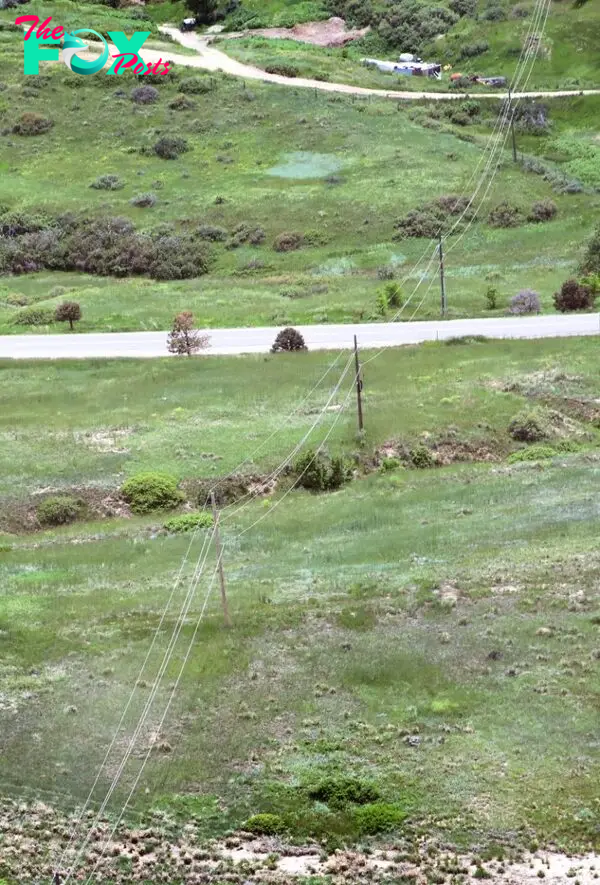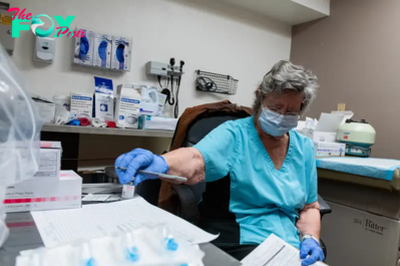Health
Colorado nursing homes are left in the dark as more utilities cut power to prevent wildfires
By Kate Ruder, Kaiser Health News
When powerful wind gusts created threatening wildfire conditions one day near Boulder, the state’s largest utility cut power to 52,000 homes and businesses — including Frasier, an assisted living and skilled nursing facility.
It was the first time Xcel Energy preemptively switched off electricity in Colorado as a wildfire prevention tool, according to a company official. The practice, also known as public safety power shut-offs, has taken root in California and is spreading elsewhere as a way to keep downed and damaged power lines from sparking blazes and fueling the West’s more frequent and intense wildfires.
In Boulder, Frasier staff and residents heard about the planned outage from news reports. A Frasier official called the utility to confirm and was initially told the home’s power would not be affected. The utility then called back to say the home’s power would be cut, after all, said Tomas Mendez, Frasier’s vice president of operations. The home had just 75 minutes before Xcel Energy shut off the lights on April 6.
Staff rushed to prepare the 20-acre campus home to nearly 500 residents. Generators kept running the oxygen machines, most refrigerators and freezers, hallway lights, and Wi-Fi for phones and computers. But the heating system and some lights stayed off as the overnight temperature dipped into the 30s.
Power was restored to Frasier after 28 hours. During the shut-off, staff tended to nursing home and assisted living residents, many with dementia, Mendez said.
“These are the folks that depend on us for everything: meals, care, and medications,” he said.
Not knowing when power would be restored, even 24 hours into the crisis, was stressful and expensive, including the next-day cost of refilling fuel for two generators, Mendez said.
“We’re lucky we didn’t have any injuries or anything major, but it is likely these could happen when there are power outages — expected or unexpected. And that puts everyone at risk,” Mendez said.
As preemptive power cuts become more widespread, nursing homes are being forced to evaluate their preparedness. But it shouldn’t be up to the facilities alone, according to industry officials and academics: Better communication between utilities and nursing homes, and including the facilities in regional disaster preparedness plans, is critical to keep residents safe.
“We need to prioritize these folks so that when the power does go out, they get to the front of the line to restore their power accordingly,” said David Dosa, chief of geriatrics and professor of medicine at UMass Chan Medical School in Worcester, Massachusetts, of nursing home residents.
Restoring power to hospitals and nursing homes was a priority throughout the windstorm, wrote Xcel Energy spokesperson Tyler Bryant in an email. But, he acknowledged, public safety power shut-offs can improve, and the utility will work with community partners and the Colorado Public Utilities Commission to help health facilities prepare for extended power outages in the future.

When the forecast called for wind gusts of up to 100 mph on April 6, Xcel Energy implemented a public safety power shut-off. Nearly 275,000 customers were without power from the windstorm.
Officials had adapted after the Marshall fire killed two people and destroyed or damaged more than 1,000 homes in Boulder and the neighboring communities of Louisville and Superior two and a half years ago. Two fires converged to form that blaze, and electricity from an Xcel Energy power line that detached from its pole in hurricane-force winds “was the most probable cause” of one of them.
“A preemptive shutdown is scary because you don’t really have an end in mind. They don’t tell you the duration,” said Jenny Albertson, director of quality and regulatory affairs for the Colorado Health Care Association and Center for Assisted Living.
More than half of nursing homes in the West are within 3.1 miles of an area with elevated wildfire risk, according to a study published last year. Yet, nursing homes with the greatest risk of fire danger in the Mountain West and Pacific Northwest had poorer compliance with federal emergency preparedness standards than their lower-risk counterparts.
Under federal guidelines, nursing homes must have disaster response plans that include emergency power or building evacuation. Those plans don’t necessarily include contingencies for public safety power shut-offs, which have increased in the past five years but are still relatively new. And nursing homes in the West are rushing to catch up.
In California, a more stringent law to bring emergency power in nursing homes up to code is expected by the California Association of Health Facilities to cost over $1 billion. But the state has not allocated any funding for these facilities to comply, said Corey Egel, the association’s director of public affairs. The association is asking state officials to delay implementation of the law for five years, to Jan. 1, 2029.
Most nursing homes operate on a razor’s edge in terms of federal reimbursement, Dosa said, and it’s incredibly expensive to retrofit an old building to keep up with new regulations.
-

 Health33m ago
Health33m agoDoctor’s bills often come with sticker shock for patients − but health insurance could be reinvented to provide costs upfront
-

 Health15h ago
Health15h agoWhat an HPV Diagnosis Really Means
-

 Health21h ago
Health21h agoThere’s an E. Coli Outbreak in Organic Carrots
-

 Health1d ago
Health1d agoCOVID-19’s Surprising Effect on Cancer
-

 Health2d ago
Health2d agoWhat to Know About How Lupus Affects Weight
-

 Health5d ago
Health5d agoPeople Aren’t Sure About Having Kids. She Helps Them Decide
-

 Health5d ago
Health5d agoFYI: People Don’t Like When You Abbreviate Texts
-

 Health5d ago
Health5d agoKnee problems tend to flare up as you age – an orthopedic specialist explains available treatment options



























